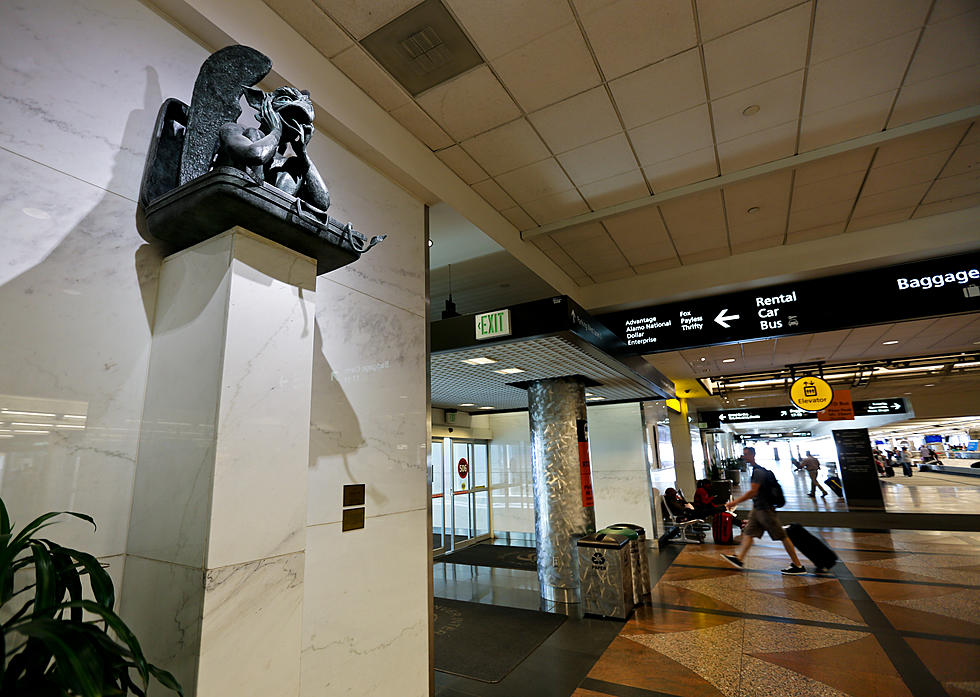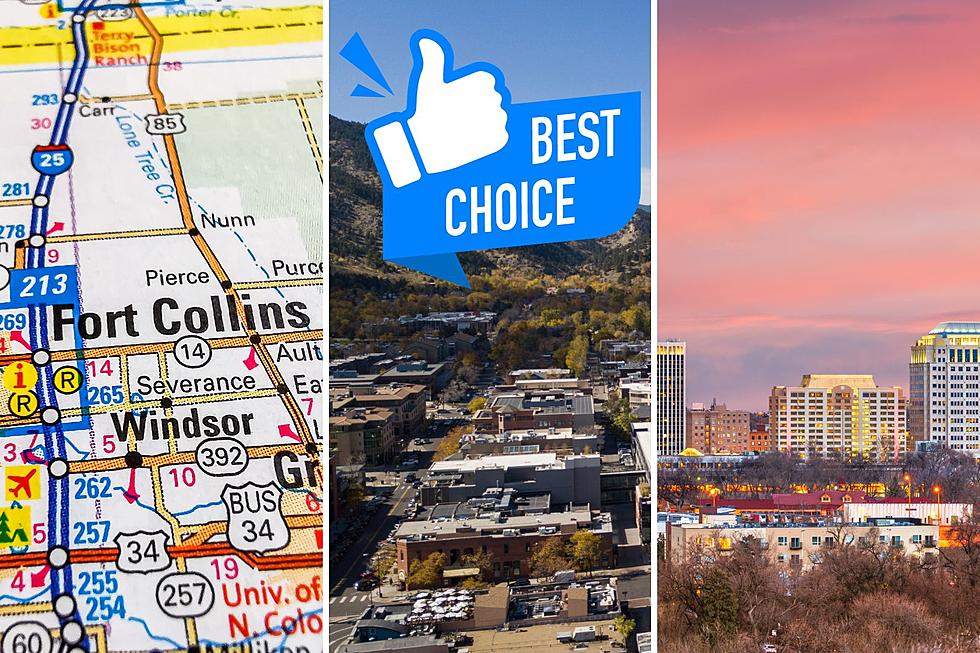
You’re Eating What? The Origin Story Behind Colorado’s Weirdest Dish
Colorado is full of fantastic dishes that span an extensive palette. We're well known for our Denver omelets, chiles, and even peaches. However, one dish in particular looms above the rest as particularly strange.
What are Rocky Mountain Oysters Made of?
Colorado transplants might be confused when they first see it on the menu. They might say, "Rocky Mountain oysters? I didn't know they had specialty seafood dishes here in Colorado."
If they order the mountain oyster out of curiosity, they'll be in for quite the surprise when they get a plate full of fried bull testicles to gnaw on. Their reaction might be similar to Chevy Chase's when he ate lamb fries in "Funny Farm."

Rocky Mountain oysters are one of the biggest culinary hurdles for almost any Coloradan to overcome. Some see them as a delicious delicacy, others see it as a test of true grit, while others wouldn't touch them with a bull-sized pole.
However, what interests me is how fried bull testicles became such a staple in Colorado.
Whether you call 'em cowboy caviar or prairie oyster, let's look back at history to see the origins of Rocky Mountain oysters, Colorado's most infamous dish.
Eating Testicles Has Been Happening Since Before They Were Called Rocky Mountain Oysters
Some of the earliest remnants we have of bull testicle eating actually go back as far as the first Olympic Games.
Early Olympians believed eating testicles increased athletic performance. In doing so, these ancient Olympians gave us one of the first known instances of athletes doping to help their performance in their sport.
On the other hand, ancient Romans would eat animal testicles to help treat diseases of the, insert cough, male member. In many other cultures, the practice continues today, with many believing Rocky Mountain oysters to be an aphrodisiac.
How Colorado Fits Into the Rocky Mountain Oysters Origin Story
Even though eating animal testicles had been practiced by multiple societies for millennia, the current state of Rocky Mountain oysters can be traced back to the American frontier.
When travelers were making their way West in the 1800s, they needed a way to control cattle breeding. To do so, they decided to castrate all the young bulls in their herd.
What?
I never said this was going to be appetizing. This was the Old West.
Instead of just chucking these bull balls out onto the side of the trail, they instead had a better idea: What if we cook up these suckers so we can get an extra meal? Hence, the Rocky Mountain oyster was born.
How Do You Cook Rocky Mountain Oysters?
Once you get past the castration part, cooking bull testicles is actually quite simple. It's very similar to frying oysters from the sea, hence the Rocky Mountain oyster name.
All you've got to do is batter and fry the bull testicles for the most simple recipes. However, remember to take off the outer membrane of the testicles before you slice and cook them.
Break out the cocktail sauce if you feel like adding to the semi-aquatic theme. Hot sauce is a favorite condiment, too.
However, if you'd like to try the best Rocky Mountain oysters Colorado offers, there are festivals and local restaurants you can check out to get your fix.
Where to Get Colorado's Best Rocky Mountain Oysters
Gallery Credit: Waylon Jordan
The Top Seafood Restaurants in Fort Collins, Loveland, and Greeley
Gallery Credit: Kelsey Nistel
Small Locally-Owned Colorado Restaurants Worth The Drive
Gallery Credit: Waylon Jordan
More From 103.7 The River









